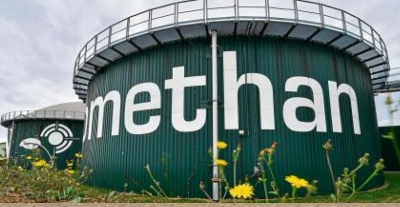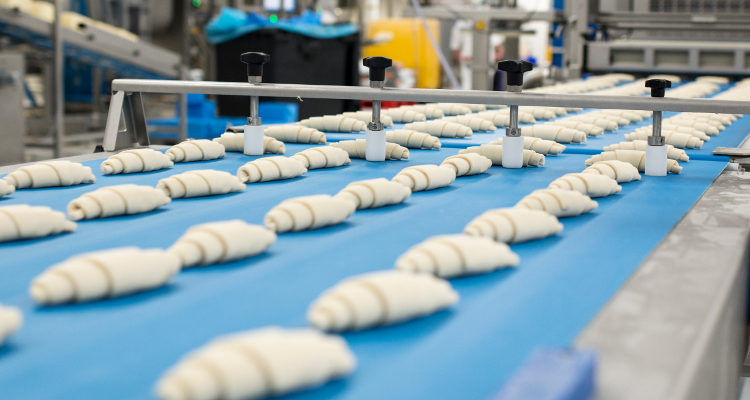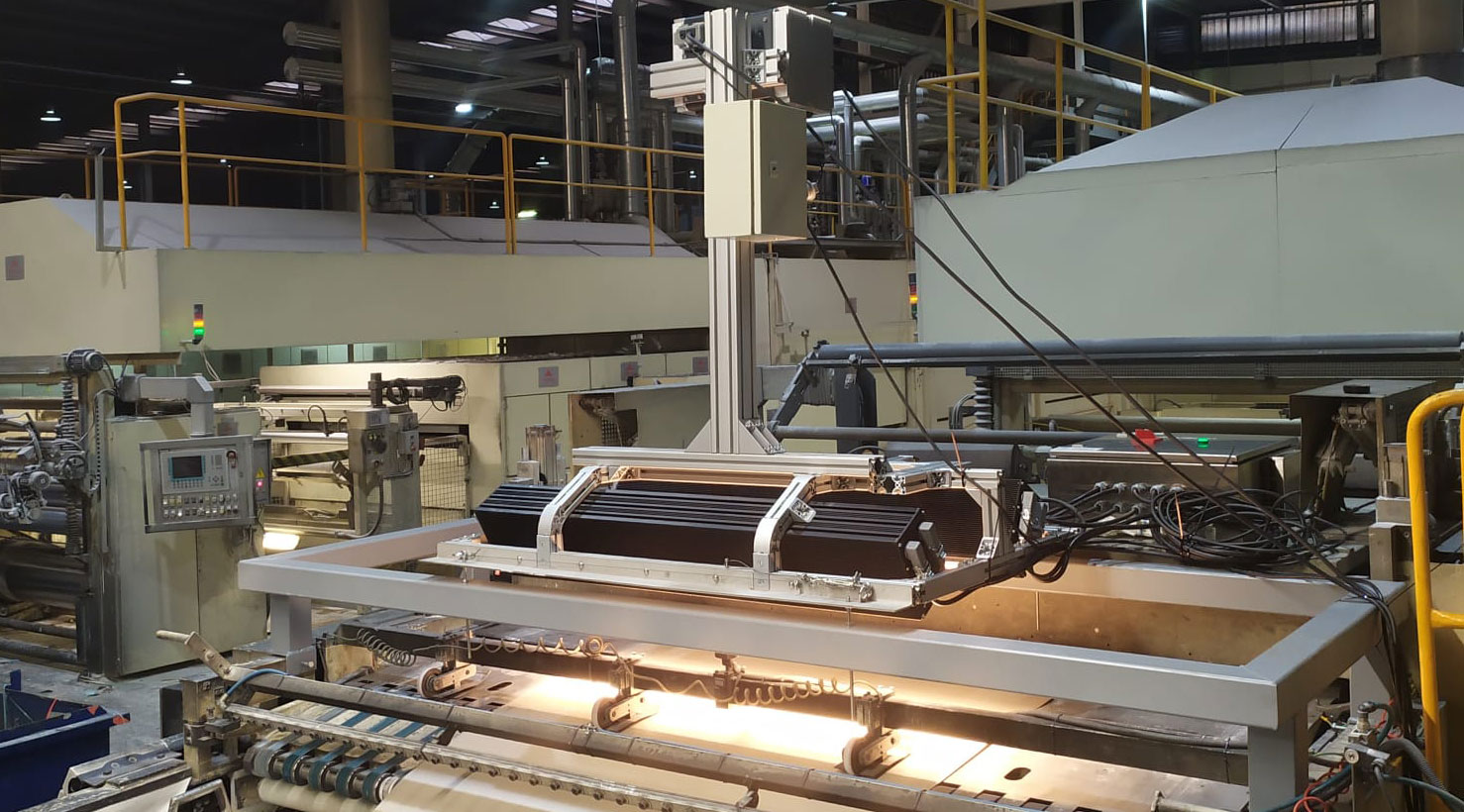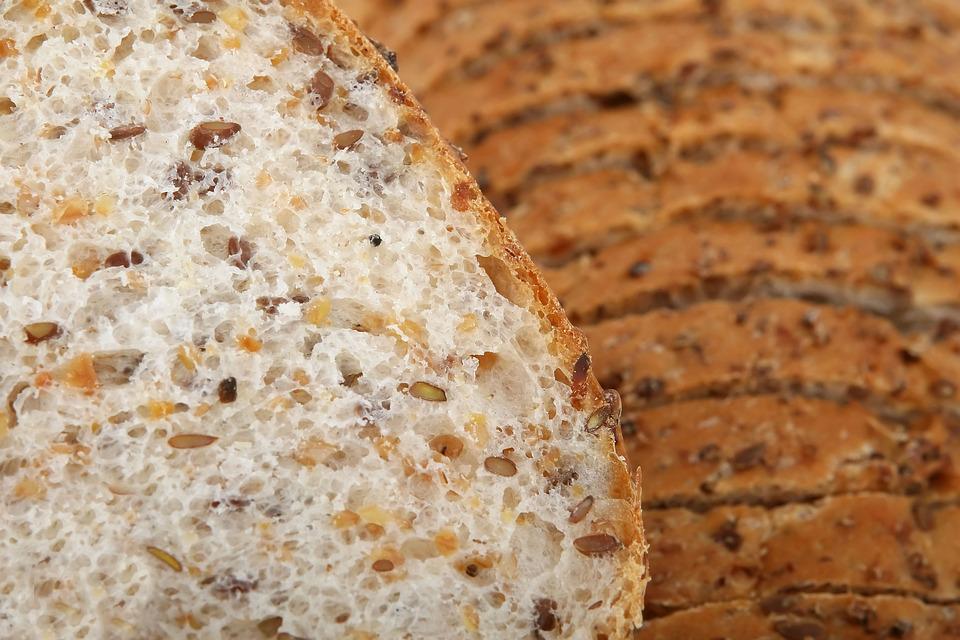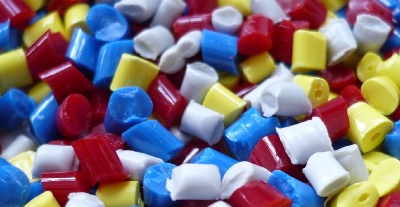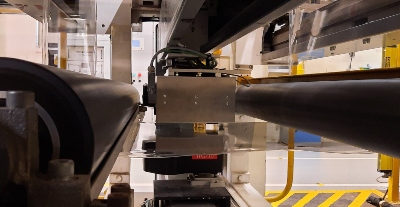
 NIR na indústria da madeira: Controlo de qualidade em tempo real do aglomerado de partículas
NIR na indústria da madeira: Controlo de qualidade em tempo real do aglomerado de partículas
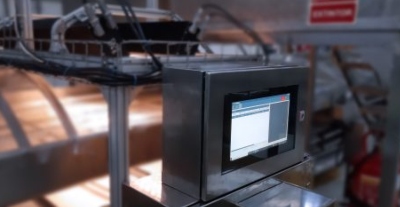 Mitigate variations and optimise critical product parameters?
Mitigate variations and optimise critical product parameters?

Tecnologia NIR e espetroscopia Raman: introdução e aplicações na indústria farmacêutica

No artigo que se segue, abordaremos as principais aplicações da tecnologia NIR e espetroscopia Raman, em tempo real, para o controlo de processos de fabrico e de qualidade, tanto em instalações piloto – em sintonia com o conceito de Quality by Design (QbD) – como em escalas industriais. Além disso, este artigo pretende ser um ponto de partida para os profissionais da indústria levantarem questões sobre como otimizar o controlo com tecnologias analíticas de processo (PAT) para uma gestão eficiente e implementação de um modelo de fabrico contínuo.
Espectroscopia Raman e NIR
Ambas as tecnologias têm em comum o facto de serem técnicas fotónicas – tiram partido das propriedades dos fotões ou da luz e da sua interação com a matéria – de diagnóstico e não destrutivas, permitindo a obtenção de informação química e estrutural em segundos de praticamente qualquer material ou composto orgânico ou inorgânico. Por isso, a sua utilização em laboratórios está muito difundida em diferentes indústrias e são técnicas analíticas conhecidas pelos profissionais de controlo de qualidade.
Para quem não é profissional de laboratório ou está a entrar na área, é essencial começar com alguns breves conceitos e exemplos para compreender as suas aplicações.
A espetroscopia Raman é uma técnica baseada na dispersão inelástica da luz. A dispersão inelástica ou Raman ocorre quando a energia se altera durante a colisão entre a luz monocromática e a molécula e, por conseguinte, a frequência da luz dispersa também se altera. Estas alterações fornecem informações sobre a identidade e a estrutura molecular das amostras ou do material que está a ser analisado.
A espetroscopia de infravermelhos próximos (NIR) é uma técnica baseada na interação entre a radiação electromagnética e a matéria, na gama de comprimentos de onda de 780-2500 nm. Estas radiações absorvidas podem ser relacionadas com diferentes propriedades da amostra, fornecendo informações qualitativas e quantitativas. A gama do infravermelho próximo é caracterizada por sobretons fracos e bandas combinadas resultantes das fortes vibrações fundamentais das ligações O-H, C-H, C-O, C=O, C=O, N-H e grupos metal-OH na gama do infravermelho médio.
No entanto, tanto os aparelhos de espetroscopia Raman como os de espetroscopia NIR em tempo real são aparelhos ópticos (de visão) que funcionam com inteligência artificial. A informação que recolhem do espetro do objeto analisado é interpretada por um modelo matemático – quimiometria – chamado “modelo preditivo” que diz ao sistema o que está a ver. Um exemplo muito simples: se quisermos controlar o teor de Paracetamol de uma forma de 1mg, o modelo matemático que analisa o processo deve saber correlacionar o espetro correspondente a esse valor e, para isso, deve saber o que é 0,8 – 0,9 – 1,1 e assim por diante na gama de interesse a controlar. O modelo preditivo é um modelo matemático que essencialmente correlaciona um espetro com um valor de referência. Este valor de referência resulta da análise laboratorial tradicional.
Vamos ao que interessa: para que servem estes sistemas na minha fábrica?
Aplicações da tecnologia NIR em tempo real:
1) Identificação de matérias-primas: A identificação de matérias-primas é uma tarefa de rotina na indústria farmacêutica. Estes testes são efectuados antes de os materiais serem processados, de modo a evitar erros tanto quanto possível e, assim, poupar tempo e dinheiro. Este teste de materiais aplica-se não só a materiais adquiridos (por exemplo, excipientes), mas também a algumas transferências internas de materiais, por exemplo, APIs fabricados noutra fábrica. Este último é muito importante a ter em conta quando se pergunta porque é que temos problemas em misturar algumas formulações com determinadas matérias-primas.
2) Homogeneização: Uma vez identificadas e pesadas, as matérias-primas requerem normalmente a homogeneização dos diferentes componentes. Esta é uma etapa crítica no fabrico de produtos farmacêuticos em estado sólido, uma vez que tem um impacto direto na qualidade e homogeneidade do produto final. O processo de homogeneização é principalmente afetado pelas propriedades físicas, como o tamanho, a forma e a densidade das partículas. O ponto final da mistura e a homogeneização não são a mesma coisa, nem em termos de regulamentação de acordo com a Agência Europeia de Medicamentos (EMA). A partir da IRIS Technology tentamos sensibilizar para este ponto, que por vezes é confundido, para fornecer soluções de controlo em linha que sejam homólogas aos protocolos de controlo estabelecidos pela regulamentação europeia e espanhola.
3) Granulação e dimensionamento: Por vezes, os diferentes ingredientes da formulação não se misturam bem e segregam-se durante a homogeneização. Por isso, é desejável granular os ingredientes em pó por compressão, granulação seca ou na presença de um aglutinante em condições húmidas. A maioria das utilizações espectroscópicas centra-se na determinação da água durante a granulação húmida ou na secagem após a granulação.
4) Extrusão: A espetroscopia NIR tem sido amplamente utilizada na extrusão a quente para monitorizar o teor de API e o estado sólido dos extrudados e para identificar interacções entre ingredientes.
5) Compressão: Esta fase do processo é a mais próxima do produto final. Por conseguinte, é por vezes mais fácil controlar a qualidade do produto diretamente na prensa, especialmente se houver uma etapa subsequente de revestimento. Nesta altura, o NIR pode também desempenhar um papel importante.
6) Revestimento: O processo de revestimento é uma etapa crucial no fabrico de preparações orais sólidas. De facto, o revestimento pode atuar como um ecrã físico para evitar os efeitos da oxidação, da humidade e das condições de iluminação, a fim de melhorar a estabilidade do produto final ou dos produtos intermédios no processo. O revestimento pode também desempenhar um papel ativo na proteção (gastrorresistência) e na libertação (libertação modificada) do fármaco in vivo. A homogeneidade e a espessura do revestimento são importantes para controlar o tempo de libertação do fármaco. Estão disponíveis muitas técnicas offline para controlar a espessura do revestimento, tais como alterações no peso, altura ou diâmetro dos núcleos dos grânulos/comprimidos revestidos durante o processamento. A tecnologia NIR em linha é especialmente útil para monitorizar revestimentos à base de água e é uma técnica que poupa horas de análise, que discutimos em particular neste outro artigo.
7) Controlo do produto final: Uma parte importante do controlo de qualidade do produto final inclui a análise de todos os lotes produzidos para evitar resultados fora das especificações. Este ponto de controlo, embora seja demasiado tarde para evitar perdas, também pode ser realizado com ferramentas NIR portáteis (handheld) e em apenas alguns segundos analisar dezenas de unidades (homogeneidade, concentrações ou outros parâmetros) na linha de produção.
Aplicações da espetroscopia Raman em tempo real
Como veremos a seguir, esta técnica de análise tem algumas aplicações semelhantes à espetroscopia NIR e outras muito diferentes, pois é uma técnica com uma precisão muito superior à NIR e que a IRIS Technology utiliza nos sistemas que fabricamos quando trabalhamos com APIs com concentrações muito baixas (tipicamente <0,5) ou em matrizes aquosas onde a quantidade de água gera muito ruído na análise com equipamentos NIR).
1) Espectroscopia Raman para identificação de API: Uma vez que cada API tem as suas próprias características Raman, a espetroscopia Raman pode identificar de forma rápida e precisa os ingredientes activos, tem um erro de previsão muito baixo e, em alguns casos, tem um limite de deteção tão baixo como ppm.
2) Espectroscopia Raman para a análise quantitativa e qualitativa de formulações: A composição das preparações farmacêuticas é relativamente complexa; no entanto, a espetroscopia Raman continua a ser um dos métodos de deteção rápida se os excipientes forem simples ou apenas uma solução aquosa.
3) Espectroscopia Raman para a deteção de substâncias ilícitas: A espetroscopia Raman pode ser utilizada para a deteção de vestígios devido à sua sensibilidade, rapidez e precisão. Em geral, pequenas quantidades de drogas ilícitas causam incidentes de segurança, e a espetroscopia Raman pode ser utilizada para a deteção de drogas ilícitas.

Vantagens da aplicação da tecnologia NIR e Raman nas linhas de produção
Em geral, existem duas vantagens fundamentais da espetroscopia Raman e da tecnologia NIR nas linhas de produção em relação aos métodos laboratoriais tradicionais:
A primeira vantagem seria a monitorização do fabrico contínuo. A indústria farmacêutica funciona principalmente de tal forma que o medicamento final é o resultado de várias etapas de produção independentes. Estas podem também ter lugar em diferentes áreas geográficas, o que implica o transporte e a armazenagem dos diferentes produtos intermédios em contentores até à instalação de fabrico seguinte. Isto aumenta o risco de degradação ao longo do tempo ou devido às condições ambientais (luz, humidade, etc.). Uma forma de resolver este problema é passar do trabalho independente por lotes para o fabrico contínuo, com a ajuda de tecnologias de monitorização, como o equipamento de controlo analítico em tempo real.
Um processo contínuo ou fabrico contínuo é aquele em que os materiais são continuamente carregados no sistema, enquanto o produto final é continuamente descarregado. Ao contrário do fabrico por lotes autónomo, este conceito envolve a ligação total das unidades de produção, com a utilização de sistemas PAT, juntamente com sistemas de controlo de processos para monitorizar e controlar a unidade de fabrico integrada. As unidades de processo contínuo são geralmente mais eficientes, mais produtivas, com volumes reduzidos e menos desperdício em comparação com as unidades de processo clássicas. Por conseguinte, estes tipos de unidades de produção podem responder mais rapidamente à escassez de medicamentos ou a alterações súbitas da procura ou das necessidades (como numa pandemia). Além disso, as suas dimensões reduzidas permitem que sejam transportadas diretamente para onde os medicamentos são necessários. No entanto, é necessário um conhecimento profundo do processo, incluindo as diferentes ligações entre as suas unidades de processamento.
A segunda grande vantagem é a redução do tempo de amostragem e análise, o que é muito importante nos processos biotecnológicos nas suas fases de investigação, desenvolvimento e produção. Até à data, a maioria dos dados é obtida com instrumentos e métodos fora de linha.
Especificamente para Raman, a espetroscopia Raman é uma poderosa técnica instrumental utilizada em vários tipos de análise farmacêutica. A superioridade da técnica depende da molécula de interesse, do nível de concentração, da matriz ou solução, de outras espécies interferentes presentes e do método de amostragem desejado. Para muitas aplicações, a espetroscopia Raman pode ser a melhor resposta para as necessidades de identificação e controlo espetroscópico. O papel da espetroscopia Raman como ferramenta analítica quantitativa está a aumentar devido à simplicidade da amostragem, à facilidade de utilização e à aplicabilidade a sistemas aquosos.
Como fabricantes e integradores de sistemas que operam com espetroscopia Raman e NIR, a IRIS Technology colabora com inúmeras empresas farmacêuticas, alimentares, químicas, entre outras, no desenvolvimento de soluções analíticas e na implementação de sistemas de controlo, em projectos chave-na-mão que vão desde a tecnologia, adaptações que possam ser necessárias, modelação de dados, instalação, validação e até homologação.
Aqui pode encontrar a gama completa de equipamentos analíticos Visum®.
Esperamos que este artigo tenha sido do seu interesse e, como sempre, se tiver alguma dúvida ou mesmo sugestão, pode escrever-nos para info@iris-eng.com.

